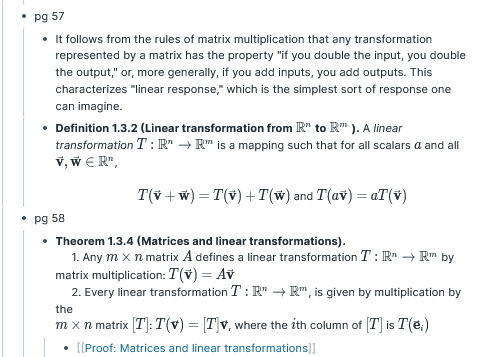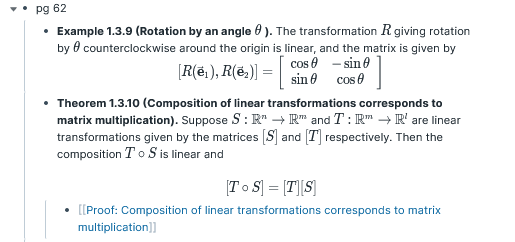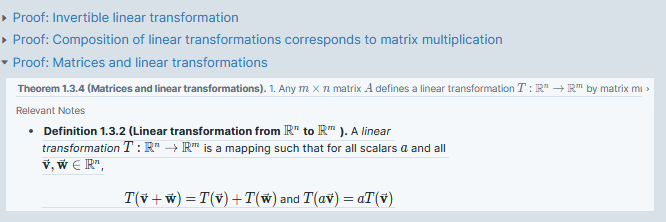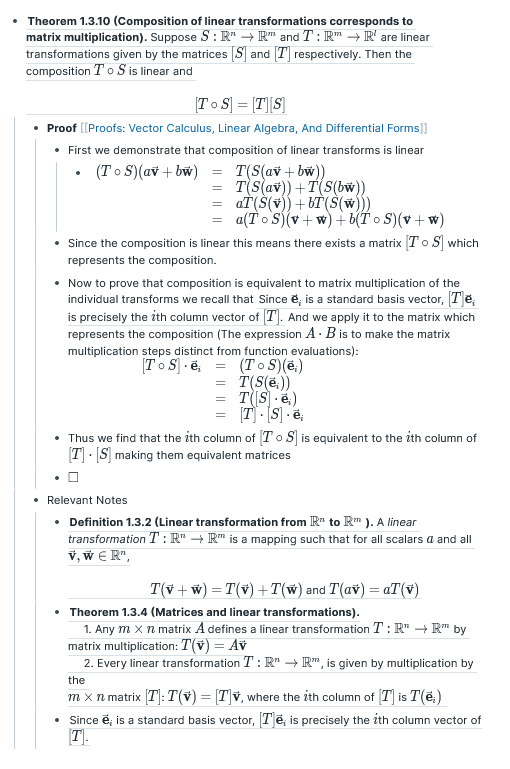I will gladly second this feature request and emphasize a use case scenario that utilizes block references in a way that I am not sure how to duplicate in obsidian at present (if anyone has suggestions though please let me know!)
When I am taking notes from a mathematical text, there are many definitions that one has to keep track of when attempting to write proofs. For example the following definitions are in my page corresponding to notes from a math text:

Some way down through the notes, there is another entry which refers to a theorem and linked note page containing the proof.

On the page which contains the actual proof, I use block references which pull in relevant definitions or theorems that are required for actually proving the theorem.
In roam this has the added benefit of allowing me to also see all the places where I have used the block reference, and hence give me knowledge context as to how the theorem or definition is used in practice (e.g. this definition is used in these proofs or problems…)

